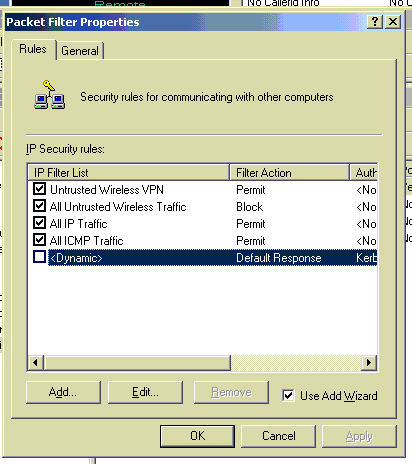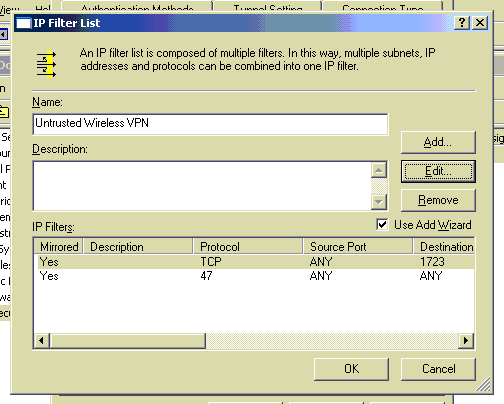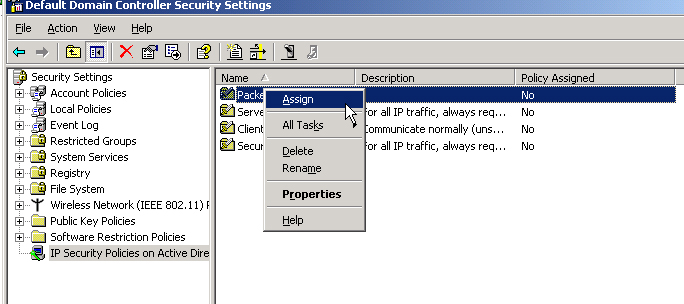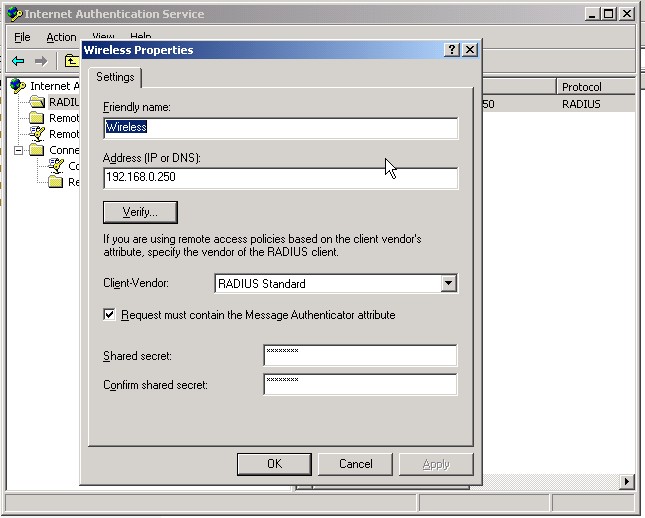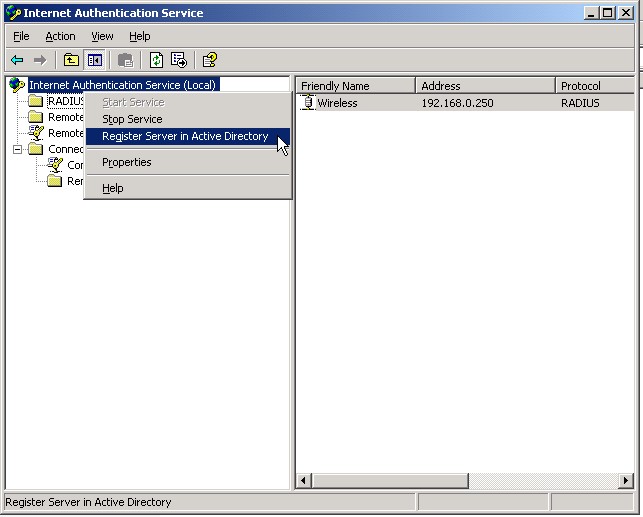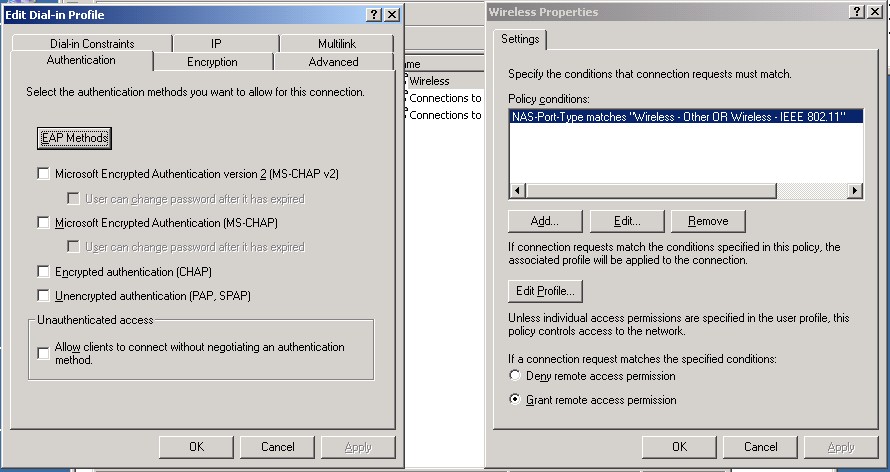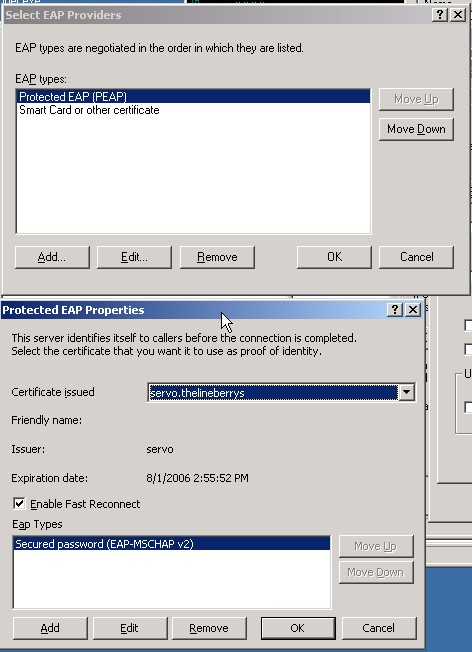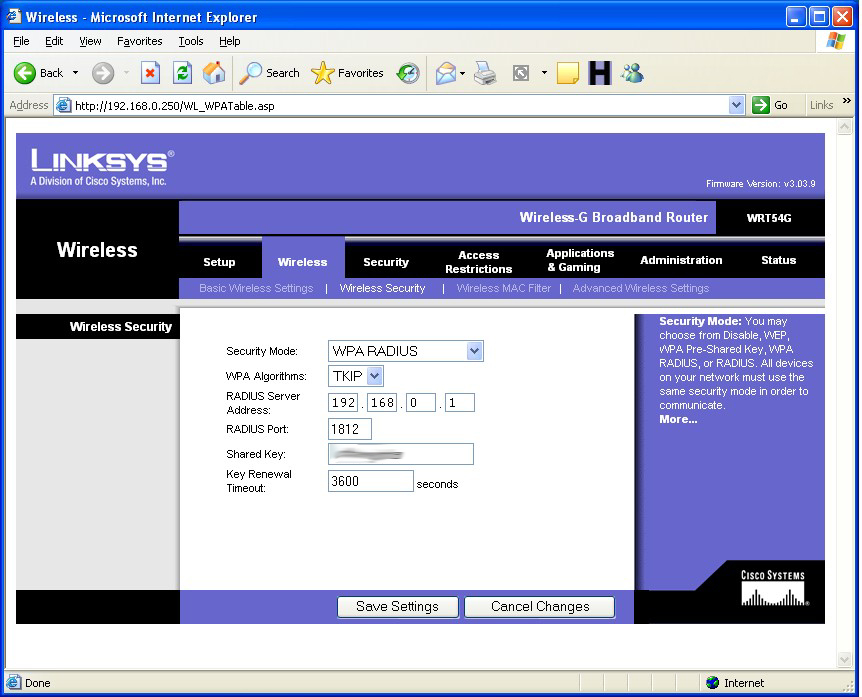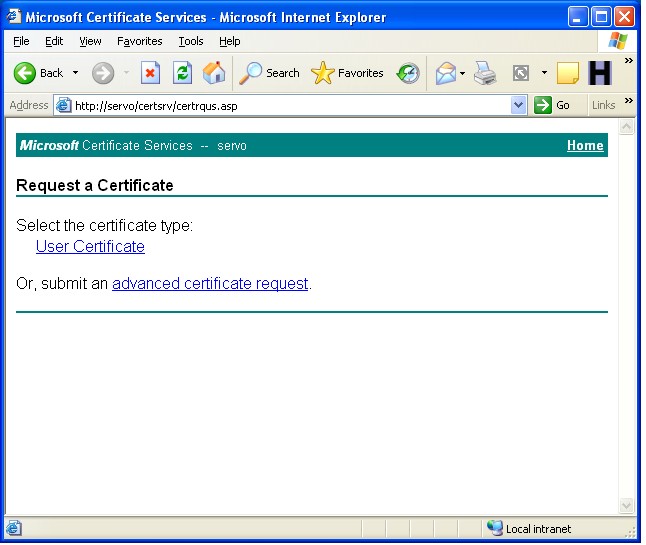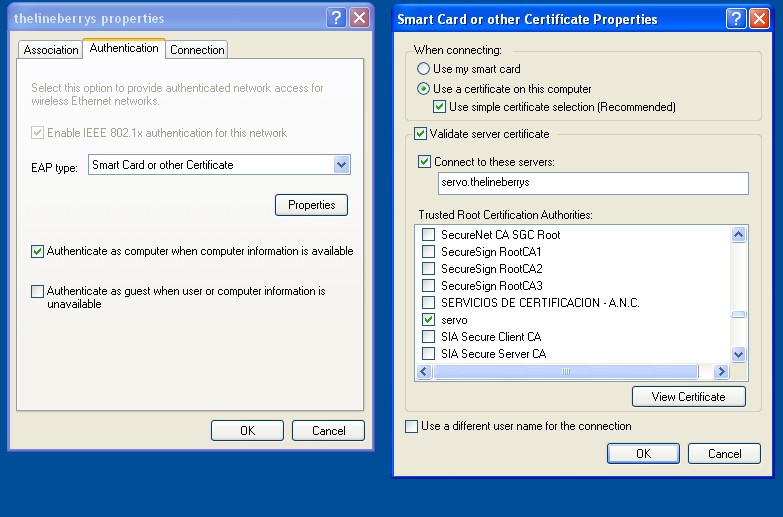This past weekend I moved all php sites on our server from IIS to Apache. They are still on the same server just now that server is running two different webservers. I thought I had done enough testing on apache before I moved production but this was not the case. Quickly I learned after moving to production that the exec calls to rebuild thumbnails in my gallery2 installations were failing. I had setup PHP to run as an apache module and for some reason it would build the thumbnails once, and if they had to be rebuilt, it would hang apache. This was not good. Especially since on this site’s pictures homepage it changes the thumbnail every 2 hours.
So I decided to try running PHP as a CGI. Under this config everything worked great, except it was really slow. That’s because when running PHP in cgi mode it loads and unloads the php-cgi.exe file for each request. This was acceptable for the meantime but not for the long run.
When I was running the PHP sites on IIS I was using FastCGI. This method of running PHP is the only way to run production level sites on IIS. Since that worked so well for me I decided to try to run it under Apache. The reason FastCGI works better than regular CGI is that it will load a certain number of php-cgi.exe instances into memory and when a request comes in, it just uses an instance loaded into memory instead of loading a new php-cgi.exe instance. It can also add more instances if needed and remove some when not needed.
I was very happy with FastCGI under IIS but I had a TIME getting it working correctly under Apache. It didn’t take me long to get it to serve PHP pages, but I was having that dang thumbnail problem again. This time instead of locking up apache, I was getting the broken thumbnail image that gallery2 generates if it fails to create one. I knew it was a problem with running exec to imagemagick or ffmpeg beacuse GD worked fine creating the thumnails. After a very long time I finally figured out it was because I didn’t pass in the PATH environment into FastCGI. That’s because FastCGI doesn’t get ANY enviroment variables unless you pass them in and gallery2 was trying to exec to cmd and the FastCGI php instances didn’t know where to look for that program.
So finally, here is the excerpt from my httpd.conf
ScriptAlias /php/ "c:/php/" LoadModule fastcgi_module "c:/php/mod_fastcgi-2.4.2-AP20.dll" AddHandler php-fastcgi .php Action php-fastcgi "/php/php-cgi.exe" FastCgiServer "c:/php/php-cgi.exe" -processes 5 -initial-env PATH FastCgiConfig -maxClassProcesses 10 -maxProcesses 10 -minProcesses 5 -processSlack 1
I initially tried to type in the PATH variable to pass it in and that didn’t work. Only by typing in PATH and no = worked because that would pass in the Apache PATH variable.


